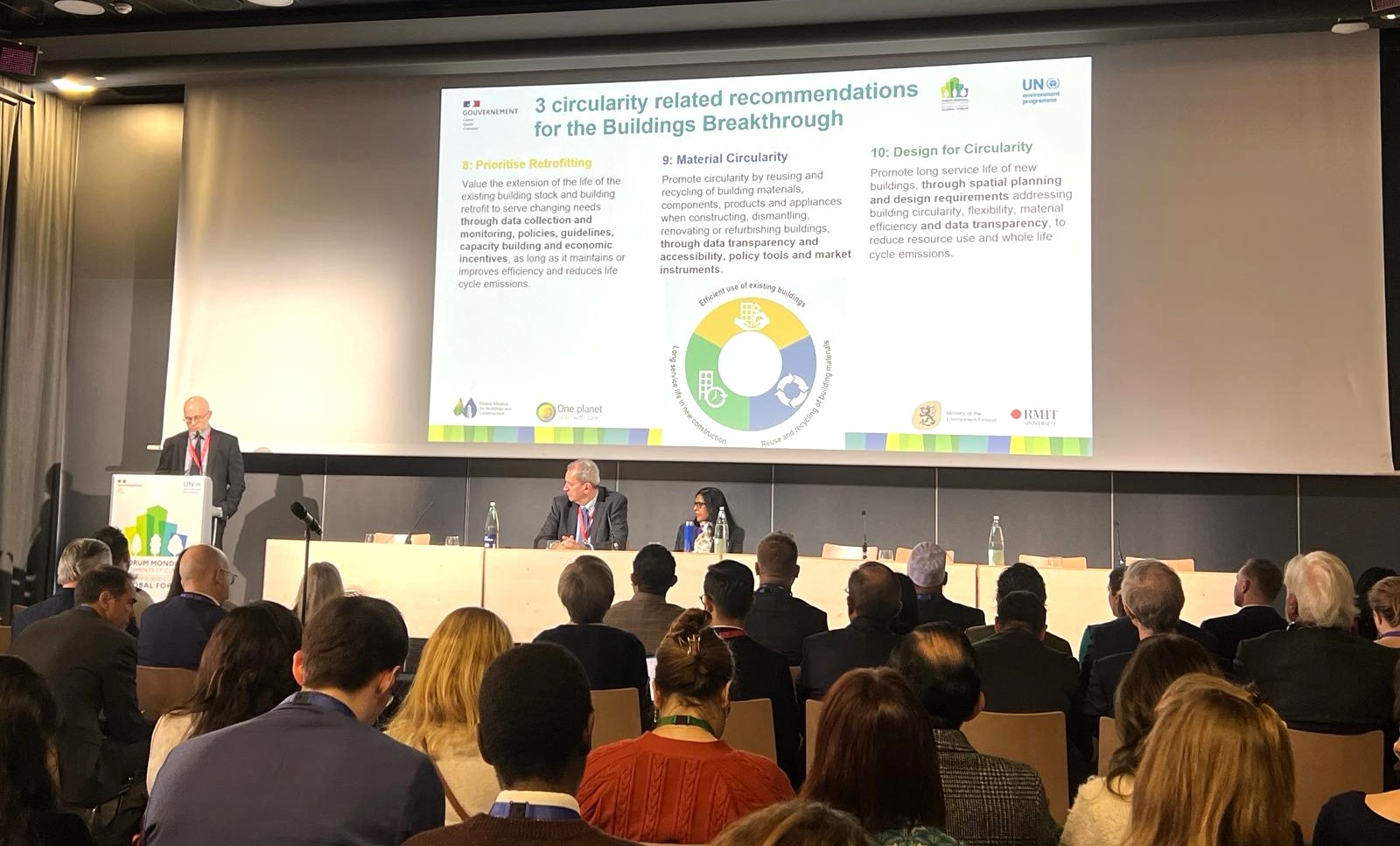Nordic Inputs to EU Policy on Harmful Chemicals in Textiles
Of interest to all policy makers and industry organisations faced with the challenge of reducing hazardous chemicals in consumer products (with focus on textiles) and their production cycles.
A thorough examination of the potential of mandatory declarations on chemical use and content in production processes and final products from the textile industry.
A wide range of chemicals are used in textile manufacturing some of which are hazardous to health and the environment. It is difficult for actors along the supply chain, not least the final consumer, to gain an overview of the potential hazardous content of textile products due to complex supply chains.
This project explored opportunities and obstacles for tackling this poblem by requiring declarations of harmful chemicals throughout the textile value chain and developing a common Nordic standpoint on the issue of chemical declarations. An additional aim was to provide Nordic input to the coming EU Strategy for a Non-toxic Environment in the area of chemicals in textiles. In a first stage the project mapped out the landscape on chemical use and chemical declarations in three areas:
- overview of existing chemical declaration/labelling initiatives
- investigation of consumer, recycler and waste manager information needs
- mapping of chemicals used in the textile and fashion sector.
With this background the team assessed the advantages and disadvantages of declarations/ labelling of chemicals in textiles. A stakeholder workshop was held in Reykjavik in September 2016 to discuss the results and to agree Nordic inputs to the coming EU Strategy for a Non-toxic Environment. The project produced the following results:
- An assessment of different legal options for declaration and/or labelling the content of chemicals in textiles (including possibilities and challenges). Two alternative proposals were assessed 1) use of the EU REACH legislation on chemicals to require labelling and declaration
2) creation of a new product safety regulation for textiles that could include CE-marking.
- Identification of parallel supplementary activities to labelling e.g. encouraging non-toxic initiatives, encouraging specificaiton of ecolabels/chemical control in procurement contracts etc.
- List of substances of relevance to a declaration/label requirement. Shows information and knowledge gaps in all existing hazardous chemicals in textiles.
Following the project the Nordic governments sent a letter to the European Commission with inputs to the coming Strategy for a Non-toxic Environment. The letter included proposals to phase out 'substances of very high concern' from consumer textiles, ensure that textiles are used in a resource efficient way and to increase consumer information on hazardous content in textiles.
It is expected that the Nordic input will have a key influence on the final Strategy. Nordic countries, and Sweden and Denmark in particular, have taken a leading role in chemical regulation at EU level.


